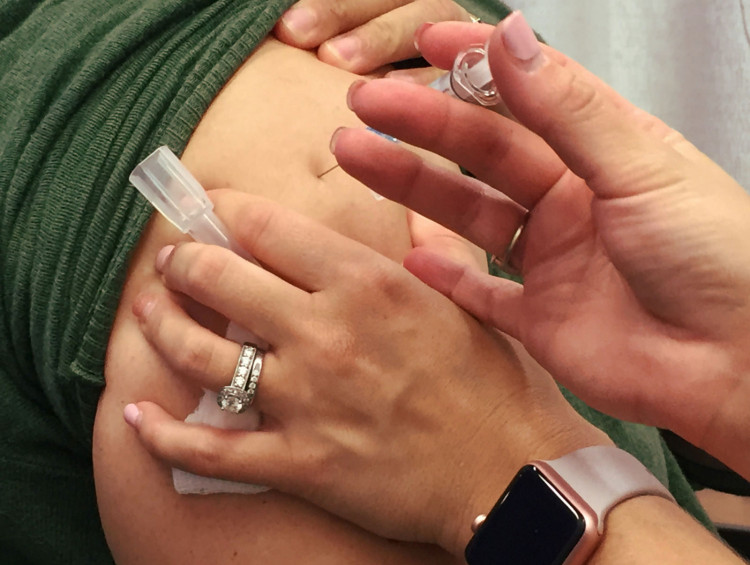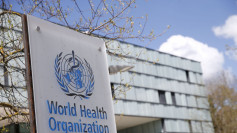Winter influenza season arrives in Hong Kong this week, and health authorities are now urging the elderly and children to get vaccinated. The winter peak flu season comes earlier than last year, which was announced on Wednesday.
Dr. Wong Ka-hing, the controller of the Center for Health Protection, said that about 960,000 doses of seasonal flu vaccine had been administered last December 23, which is more than 50 percent increase that the same period last year. About 40 percent of those who got shot were children under the age of 12, according to the South China Morning Post.
The center warned viruses circulating over the past four weeks were mainly influenza A (H3), accounting for around 20 percent of cases; influenza A (H1), at about 80 percent; while influenza B activity was said to be very low. Adults, aged 50 to 64, and children are considered to be at higher risk during seasons dominated by the H1 strain, based on the previous data.
The center said 341 people were affected by the outbreaks caused by institutional flu-like illness in the past four weeks. There were six outbreaks in residential care homes for the elderly, while 39 in primary schools, kindergartens, as well as childcare centers. Respiratory specimens obtained from public hospitals tested for positive for the flu virus rose to 14 percent last week, which is above the baseline threshold of 10.7 percent.
Dr. Wong said the center urged the public - particularly the elderly and children - to get vaccinated as soon as possible. He added that it would only take two weeks for the body before it develops antibodies after the shot, whereas winter influenza season usually lasted around 12 to 16 weeks.
A spokesman at the Hospital Authority noted there would be more infection control measures to be enforced in public hospitals during the winter influenza season, such as enhanced hygiene requirements. The authority added health care staff received flu shots since last October to avoid and decrease the risk of cross-infection, and around 30,000 employees had already received vaccines.
Meanwhile, public hospitals in the city have been inundated as the figures released by authorities on Wednesday showed overall inpatient bed occupancy rate was 109 percent. That means temporary beds had been laid out in corridors or in between beds.
The United Christian Hospital in Kowloon East was the most congested hospital, with 124 percent occupancy. It was followed by the Queen Elizabeth Hospital with 120 percent, and then the Tseung Kwan O Hospital with 119 percent. Only Yan Chai and Queen Mary hospitals had occupancy rates under 100 percent.






